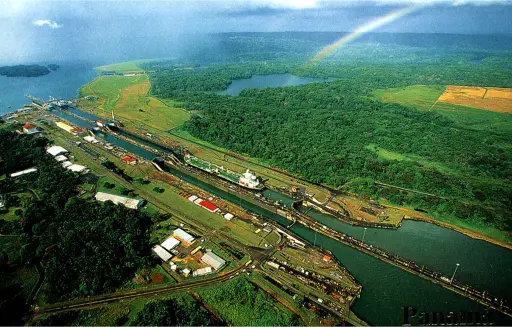U.S. President-elect Donald Trump, never one to shy away from bold geopolitical moves, has brought renewed attention to two regions far removed from each other but tied together by strategic importance: Greenland and the Panama Canal. His renewed interest in these areas highlights his persistent focus on America’s global positioning, even as his proposals stir controversy and skepticism.
Greenland, the world’s largest island and an autonomous territory of Denmark, has long been valued for its untapped resources and strategic location in the Arctic.
Trump’s fascination with Greenland dates back to his presidency when he floated the idea of purchasing the territory—a move that was dismissed by Denmark as absurd.
Recently, however, Trump has revived his rhetoric, expressing frustration over what he perceives as underutilized potential in Greenland.
He has suggested that Greenland’s administration should align itself more closely with U.S. interests, particularly regarding resource extraction and military cooperation.
Trump’s remarks underscore his belief that the Arctic, with its melting ice caps, represents an emerging frontier of geopolitical and economic opportunity—one that he feels the U.S. cannot afford to ignore.
The Panama Canal, on the other hand, represents a different kind of frustration for Trump. Completed over a century ago and now controlled by Panama, the canal remains a critical artery for global trade.
Trump has voiced concerns about the growing influence of China in the region, citing Chinese investments and management roles in port infrastructure near the canal.
In his view, this compromises American interests in the Western Hemisphere. Trump has called on Panama to curtail Chinese involvement, arguing that it undermines the strategic value of the canal for the U.S. and its allies.
His rhetoric suggests a desire for greater American oversight or influence in the operation of this vital waterway.
These demands, however, face significant hurdles. Greenland’s ties to Denmark and its growing push for independence make Trump’s vision of U.S. control or influence over the territory unlikely.
Similarly, Panama’s sovereign rights and its need to balance relations with multiple global powers complicate any potential shift in its policies to suit U.S. preferences.
Moreover, the feasibility of Trump’s proposals has been widely questioned. Critics argue that his approach oversimplifies complex geopolitical realities and risks alienating allies while escalating tensions with rivals like China.
Trump’s continued focus on these regions illustrates his broader strategy of challenging the status quo in international relations.
Yet, his demands often run up against the constraints of sovereignty and multilateral dynamics, raising doubts about their practicality.
Whether these regions will heed Trump’s calls remains uncertain, but the debates he has reignited are sure to shape conversations about global strategy and U.S. influence for years to come.
